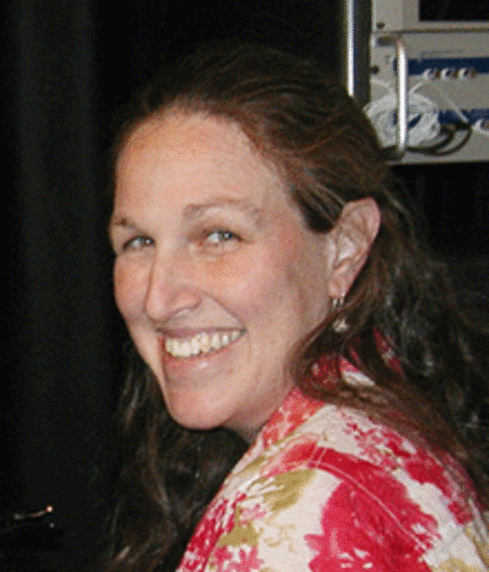2004 Prize Winner Dr. Miriam B. Goodman Assistant Professor of Molecular and Cellular Physiology,Stanford University in California, USA

Dr. Miriam B. Goodman grew up in Lexington, MA, and Bethesda, MD, in the United States. As a high school student she wrote scientific software in research labs at the NIH, and in 1986 she earned a Bachelor´s degree in Biochemistry from Brown University in Rhode Island. As a graduate student in neurobiology at the University of Chicago, she analyzed voltage-dependent ion channels that tune vertebrate hair cells. After being awarded her Ph.D. in 1995 she pursued postdoctoral work in C. elegans neurophysiology and genetics at the University of Oregon and at Columbia University in New York. Currently, Dr. Goodman is an Assistant Professor of Molecular and Cellular Physiology at Stanford University in California. Work in her laboratory focuses on delineating the molecular events that give rise to the sense of touch.
Using C. elegans to deconstruct and reconstitute a sensory mechanotransduction channel
Exactly how sensory cells detect the mechanical energy carried in a touch remains a mystery:Research in Dr. Goodman´s laboratory, which combines techniques in genetics, in vivo electrophysiology, and heterologous expression, is directed toward the discovery of the molecular events responsible for this process. We depend on sensory cells that convert the mechanical energy carried by a song, a touch, or the bend of a limb into ionic currents; yet, surprisingly little is known about the protein machinery responsible for this process (called ´mechanotransduction´), and even less is known about how the individual components of this cellular nano-machine operate. Genetic screens provide a critical entry point, as they allow molecules to be identified without any prior knowledge of the likely components. In the nematode worm, Caenorhabditis elegans, genetic screens uncovered mutations in 12 genes needed for behavioral responses to touch. We are using these mutants and whole-cell patch clamp recording from touch receptor neurons to identify proteins that form sensory mechanotransduction channels in vivo. Future work is directed toward discovering the molecular determinants of mechanical gating and ion permeation as well as reconstituting a functional sensory mechanotransduction complex in heterologous cells.
Dr Goodman was unable to attend the award ceremony because she was pregnant and her baby was due the week of the ceremony.
Downloads
For Dr. Goodman’s full essay, see Science Online at sciencemag.org
Poster about Dr. Miriam B. Goodman and her work
2004 Finalists
Kang Shen, Ph.D.
Qin Shen, Ph.D.
